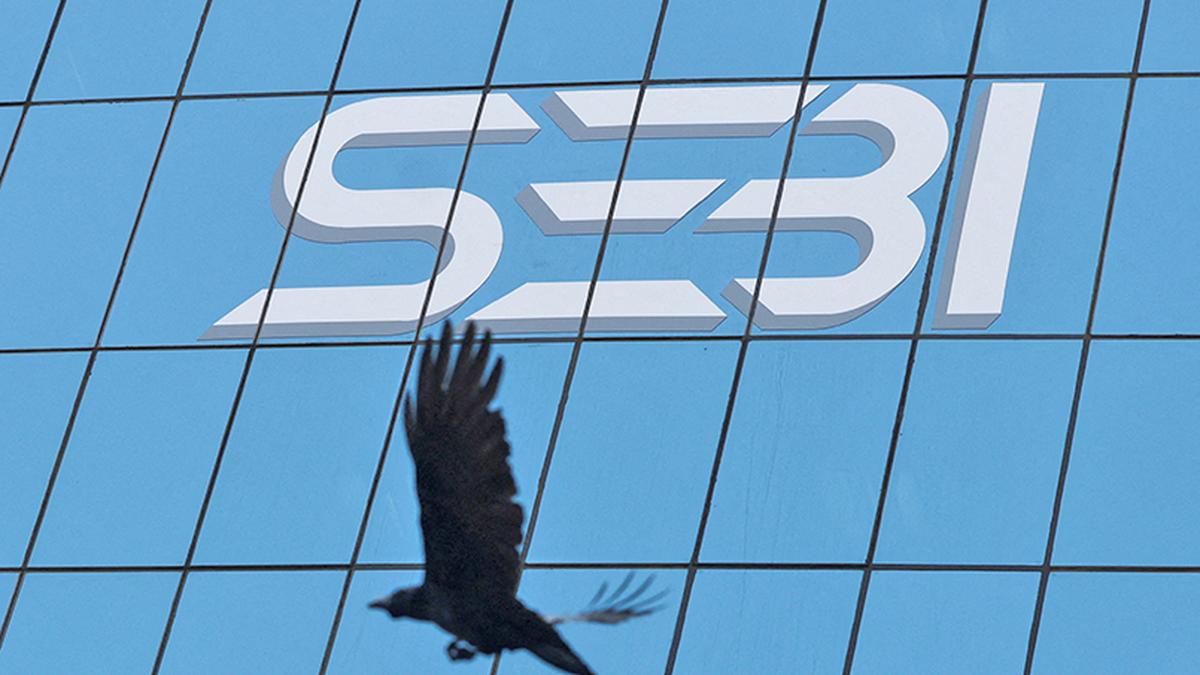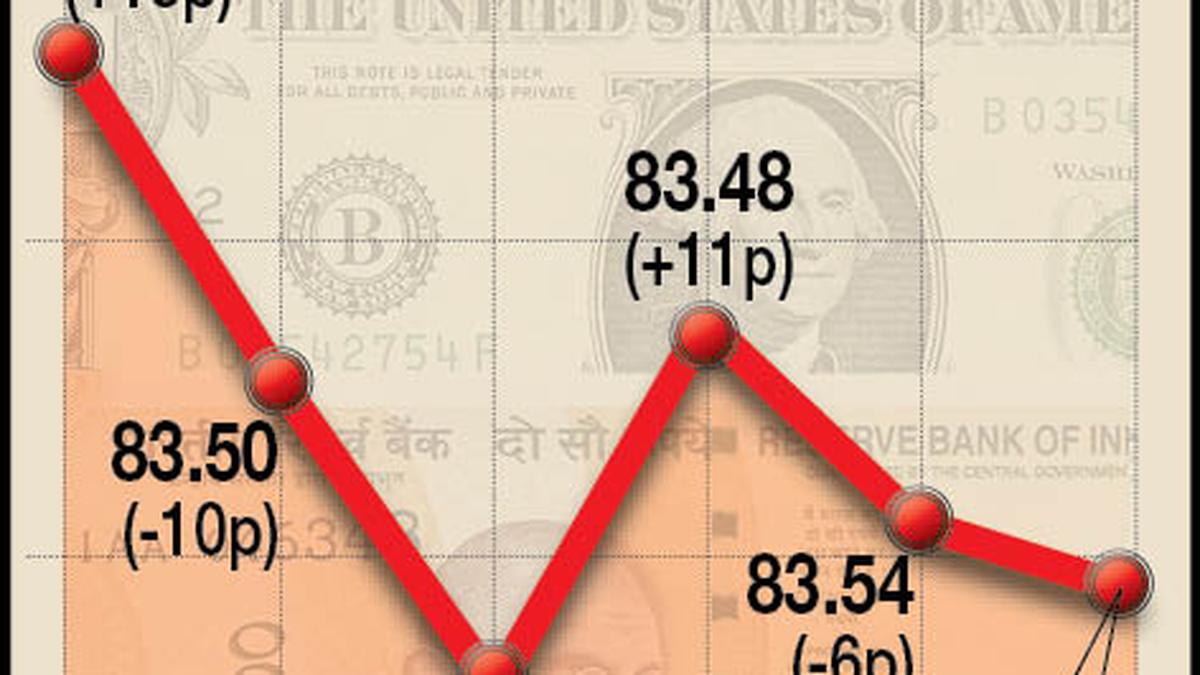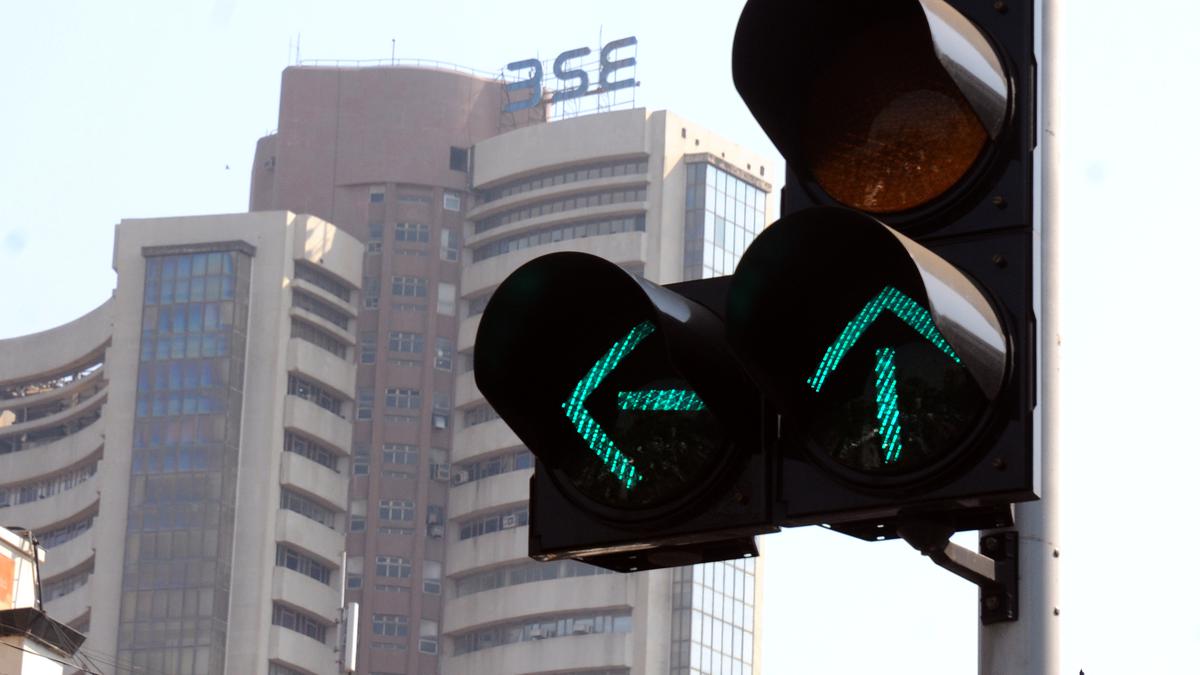Image for representational purposes only.
| Photo Credit: Reuters
The story so far: In order to tackle any impact on the price of a scrip because of a market rumour, the Securities and Exchange Board of India (SEBI) on May 21 introduced a framework centred around its ‘unaffected price.’ The metric would help obtain the price of the scrip before a rumour influenced its price. The idea is to maintain a reasonable price for a scrip, excluding any undesired influence before the rumour is confirmed or refuted. This helps both the company and the investor utilise a more unaffected and thus precise pricing for undertaking their regular business activities (such as mergers, acquisitions or buybacks). The framework is to be implemented in phases: it would apply to the top 100 listed entities from June 1 onwards and the top 250 entities from December 1 onwards.
How is the framework looking to utilise ‘unaffected price’?
To put it simply, the ‘unaffected price’ of the scrip would indicate its price before a particular rumour emerged became public. It would only be triggered if the rumour is confirmed by the company in question within 24 hours from when the scrip exhibited sizeable upward or downward movement. It would work a shielding mechanism which is triggered only when companies adhere to timeliness and transparency.
For perspective, a rumour about an acquisition, merger and demerger, sale of a lesser- performing asset, buybacks (when companies intend to buy the shares available in the open market), joint ventures or management changes can potentially raise the price of the scrip. The inflated price of the scrip because of the rumour, that is, primarily because of an informational asymmetry, averts the ability of market participants to obtain a rational price. This mechanism aims to tackle this paradigm.

Vamsi Krishna, CEO at StoxBox, explained to The Hindu that rumours relating to the award/cancellation of orders, management changes, acquisitions and takeovers and financial performance result in “unruly” moves in share prices. The unaffected price mechanism, Mr Krishna states, would put in place a fair price discovery mechanism to protect the interest of market participants. “The new mechanism would ensure that there is a level playing field for buybacks, M&As and other transactions (retail and institutions) and speculative activity is curbed to an extent,” Mr Krishna adds.
Further, as explained by HDFC Securities in a LinkedIn post, it would help improve market integrity by instilling better confidence in investors through listed companies that respond faster and clarify more transparently, and would push forward a better distribution of information.
What exactly is the metric?
A market rumour affects the volume weighted average price (VWAP) of the scrip. VWAP is an indicator of the average price at which the share traded through the day. It also factors in the volume of each of the trades to attain an average. Incorrect pricing of VWAP directly affects the scrip from being priced correctly for the business transactions described above.
What is the maths behind determining ‘unaffected price’?
The framework stipulates the variation in daily weighted average price from the day of the material price movement till the end of the next trading day after the confirmation of the rumour would be attributed to the rumour and its subsequent confirmation.
Let’s say a rumour emerges on a certain Tuesday — a day after a Monday when the stock had closed at Rs 200. Since the rumour emerged on Tuesday, it forms the day of the material price event which has impacted the scrip to close shop with a WAP of Rs 230. At close on Wednesday (24 hours later), after the company confirms the rumour at intraday – the scrip’s WAP stands at Rs 245. And on Thursday, the next trading day after the rumour is confirmed – its WAP is at Rs 260. In this case, the adjusted WAP, which would help attain the ‘unaffected price’, would be Rs 60. That is, the difference between Rs 200 a day before the rumour spread and Rs 260 the next trading day after the rumour was confirmed.
Important to note, the framework stipulates that the adjusted daily WAP from the day of the material price movement (in our example, Tuesday) till the end of the next trading day after the confirmation of the rumour shall be the same as the daily WAP preceding the day of the volatile movement. That is, Rs. 200 would be the daily WAP until Thursday in our example. Thereon, Rs. 60 (adjusted WAP) would be utilised to compute the adjusted Daily WAP. In a way, this ensures that the impact is cushioned temporarily (until an official confirmation) against a knee-jerk reaction in the immediate aftermath.
A FICCI note explains that if Company A is buying shares of Company B, then the mechanism would be triggered for Company B upon confirmation by the former. In case of a demerger, the mechanism would be triggered for both.
What is its applicability?
The unaffected price shall be applicable for a period of 60 or 180 days based on the stage of transaction. This would be from the date the rumour was confirmed till the ‘relevant date’ when there is a public announcement, board approval, or other event, as the case may be.
Whilst trying to determine the structure of the mechanism, SEBI deemed the 60-day period to be “reasonable.” For any of the regular business transactions mentioned above, the market regulator felt the suggested period would be enough to seek the necessary board approvals from their respective boards. In the meantime, the mechanism would back these entities by providing a safety cushion— thus safeguarding the price of a scrip from any undesired fluctuation.

The 180-day period would come in particularly useful for acquisitions. Typically, in an acquisition scenario involving multiple prospective buyers, the entity on sale takes time to finalise the sale, primarily negotiating favourable terms for the sale. This process may entail a couple of months. The 180-day safety shield would thus come in particularly handy for a more suitable realisation of prices in the buffer or the ‘shopping’ period.
Should another rumour emerge pertaining to the same transaction, which could be from the mainstream media providing material updates about the initial transaction, the unaffected price subsequent to the confirmation of this rumour shall be applicable for the next 60 days.



